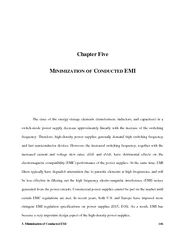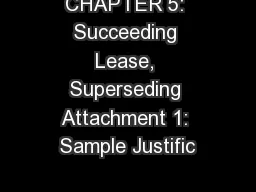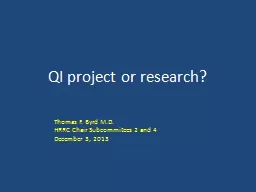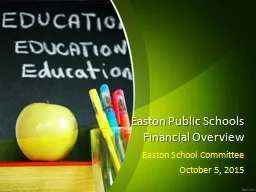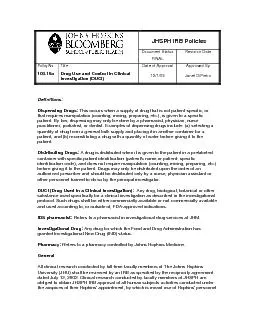PDF-Research Conducted by Succeeding With
Author : liane-varnes | Published Date : 2016-08-09
Succeeding With Gabriela UroSharon Lewis iii Preface ork on this report151Succeeding with English Language Learners151began over two years ago as the Council of
Presentation Embed Code
Download Presentation
Download Presentation The PPT/PDF document "Research Conducted by Succeeding With" is the property of its rightful owner. Permission is granted to download and print the materials on this website for personal, non-commercial use only, and to display it on your personal computer provided you do not modify the materials and that you retain all copyright notices contained in the materials. By downloading content from our website, you accept the terms of this agreement.
Research Conducted by Succeeding With: Transcript
Download Rules Of Document
"Research Conducted by Succeeding With"The content belongs to its owner. You may download and print it for personal use, without modification, and keep all copyright notices. By downloading, you agree to these terms.
Related Documents



